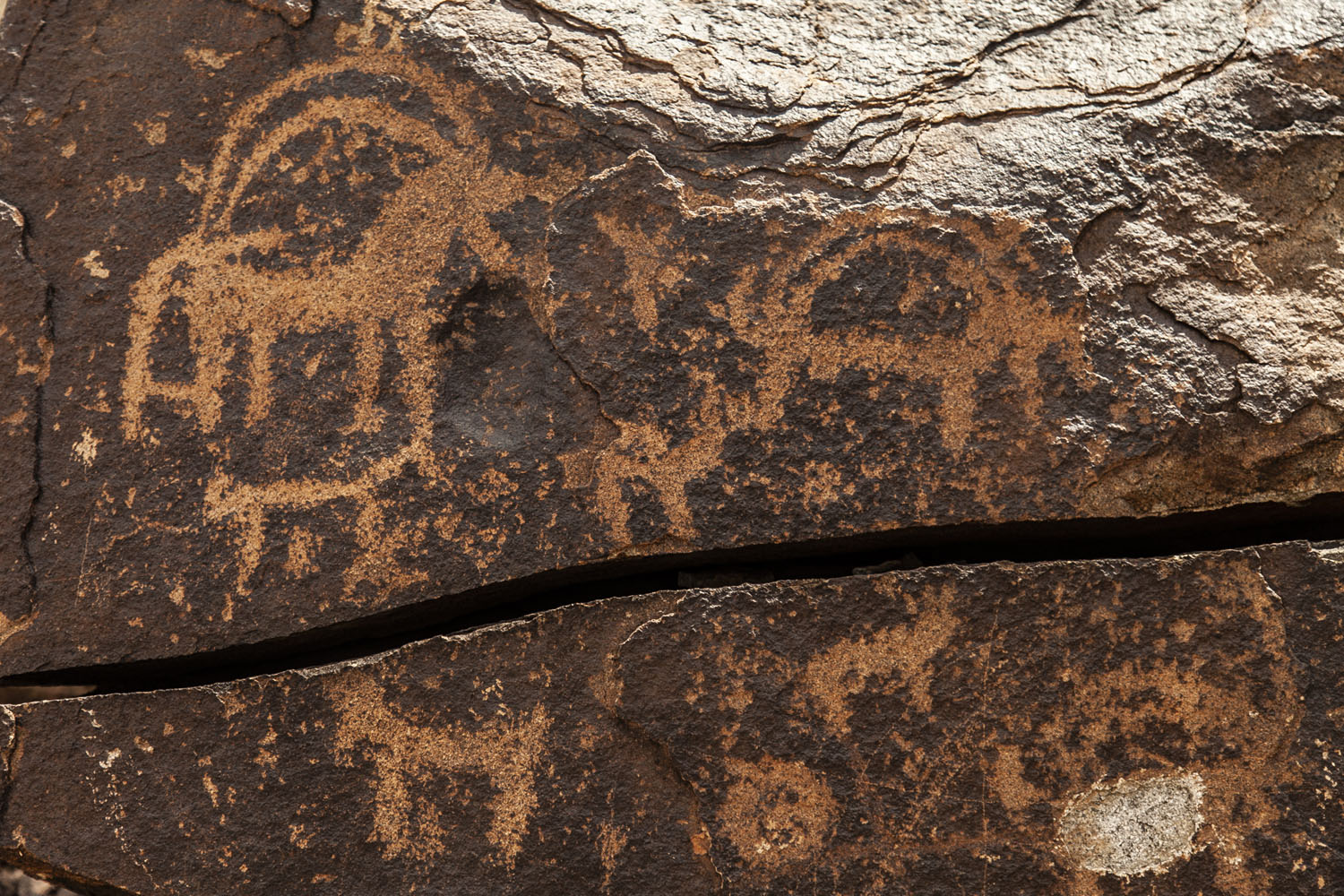The Nasil (Keptari) petroglyphs are a group of rock carvings located in the Sistan and Baluchestan Province of Iran. They are thought to have been created between 5,000 and 2,000 years ago, and depict a variety of scenes, including hunting, fishing, and religious ceremonies.
The petroglyphs are located on a hillside near the village of Nasil, about 100 kilometers from the city of Zahedan. They are carved into a sandstone cliff face, and are about 10 meters high and 20 meters wide. The carvings are in a variety of styles, and some are very well preserved, while others are more eroded.
The petroglyphs depict a variety of scenes, including hunting, fishing, and religious ceremonies. There are also a number of abstract designs, which may have had religious or symbolic significance. The petroglyphs provide a valuable glimpse into the lives of the people who lived in the region thousands of years ago.
The Nasil (Keptari) petroglyphs are a significant cultural and historical site, and are an important part of the heritage of Sistan and Baluchestan Province. They are a popular tourist destination, and are known for their beauty and historical significance.
Here are some additional details about the petroglyphs:
They are located in the Sistan and Baluchestan Province of Iran.
They are thought to have been created between 5,000 and 2,000 years ago.
They depict a variety of scenes, including hunting, fishing, and religious ceremonies.
They are a significant cultural and historical site.
They are a popular tourist destination.


